Home>Storage & Organization>Kitchen Organizing Tools>Why Is My Cat Scared Of The Litter Box?
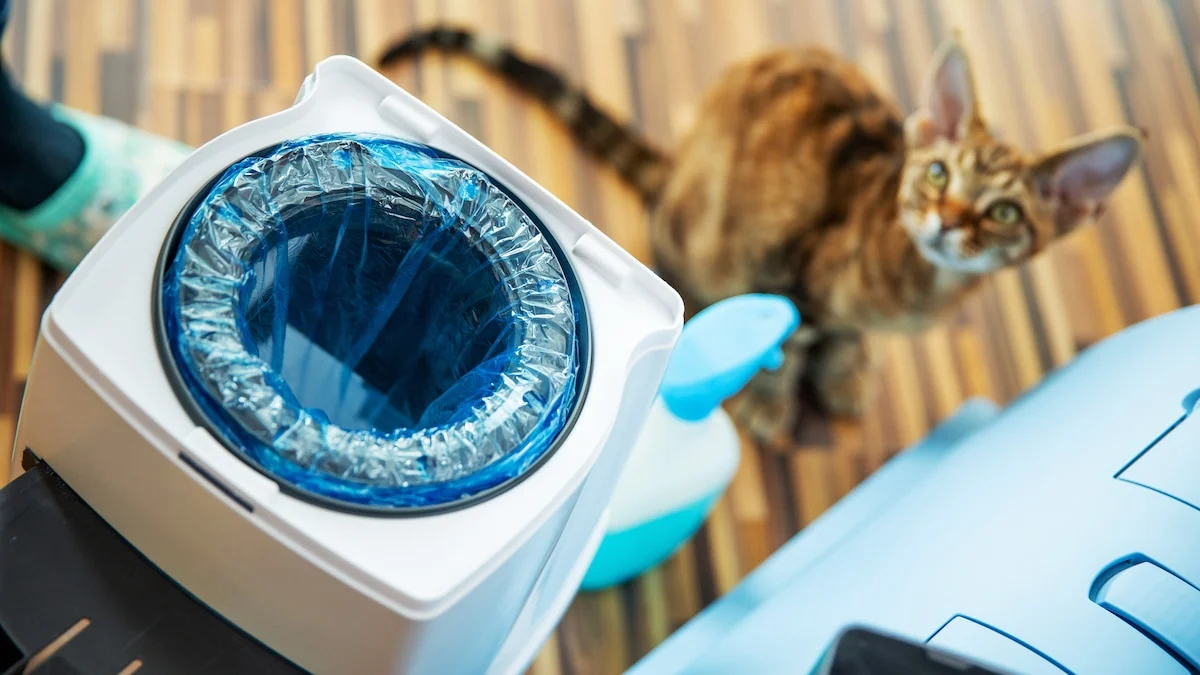

Kitchen Organizing Tools
Why Is My Cat Scared Of The Litter Box?
Modified: March 2, 2024
Discover the best kitchen organizing tools to streamline your space and simplify your cooking routine. Find practical solutions for a clutter-free kitchen.
(Many of the links in this article redirect to a specific reviewed product. Your purchase of these products through affiliate links helps to generate commission for Storables.com, at no extra cost. Learn more)
Fear of the litter box
Cats are known for their fastidious nature, often meticulously grooming themselves to maintain their cleanliness. However, some cats exhibit a fear or aversion towards their litter box, which can be perplexing for their owners. Understanding the reasons behind this fear is crucial in addressing the issue and ensuring the well-being of our feline companions.
Read more: Why My Cat Plays In The Litter Box
Sensory Sensitivity
Cats possess highly sensitive senses, particularly their sense of smell. The scent of certain litters, especially those with strong fragrances or chemical odors, can be overwhelming for them. Additionally, the texture of the litter may also trigger discomfort, especially for cats with sensitive paw pads. As a result, the litter box becomes associated with unpleasant sensory experiences, leading to fear and avoidance.
Size and Accessibility
The size and accessibility of the litter box can also contribute to a cat's fear. If the box is too small or enclosed, it may make the cat feel confined and vulnerable, triggering anxiety. Similarly, if the box is located in a noisy or high-traffic area, the cat may feel exposed and unsafe while using it.
Traumatic Encounters
In some cases, a cat's fear of the litter box may stem from past traumatic experiences. This could include instances where the cat was startled or frightened while using the box, leading to a lasting aversion. Such negative associations can be challenging to overcome and may require patience and gentle reintroduction to the litter box.
Multi-Cat Dynamics
For households with multiple cats, the dynamics between the felines can impact their behavior towards the litter box. Dominance issues or conflicts among the cats may lead to one or more individuals feeling threatened or anxious about using the shared litter box. This can result in avoidance behavior and the development of fear over time.
Read more: Why Is My Cat Staring At The Litter Box
Anxiety and Stress
Just like humans, cats can experience anxiety and stress, which may manifest as a fear of the litter box. Changes in the household environment, such as moving to a new home, the addition of a new pet, or disruptions to their routine, can trigger anxiety in cats. This, in turn, can lead to aversion towards the litter box as they seek to exert control over their environment in response to their heightened stress levels.
Understanding the potential reasons behind a cat's fear of the litter box is the first step towards addressing this issue effectively. By identifying the specific triggers and implementing appropriate interventions, cat owners can help their feline companions overcome their fear and develop positive associations with their litter box.
Key Takeaways:
- Cats may fear the litter box due to sensory sensitivity, traumatic encounters, and anxiety. Understanding and addressing these issues can help cats feel more comfortable and secure when using their litter box.
- Medical issues, negative experiences, environmental factors, and behavioral issues can all contribute to a cat’s fear of the litter box. By addressing these factors, cat owners can help their feline companions develop positive associations with their litter box.
Medical issues
Cats, like humans, can experience medical issues that may contribute to their fear or aversion towards the litter box. It's essential for cat owners to be aware of these potential health concerns and seek veterinary attention if they suspect that their feline companion's behavior is linked to an underlying medical condition.
Urinary Tract Infections
Urinary tract infections (UTIs) are a common medical issue that can significantly impact a cat's litter box behavior. Cats suffering from UTIs may experience discomfort or pain while urinating, leading them to associate the litter box with their distressing symptoms. As a result, they may avoid using the litter box altogether, opting for alternative locations in an attempt to alleviate their discomfort. Additionally, UTIs can cause increased frequency of urination, accidents outside the litter box, and vocalization during urination, all of which can be indicative of a medical issue rather than behavioral aversion.
Feline Lower Urinary Tract Disease (FLUTD)
Feline Lower Urinary Tract Disease (FLUTD) encompasses a range of conditions affecting the urinary tract, including urinary blockages, bladder inflammation, and urinary stones. Cats with FLUTD may exhibit signs of distress and discomfort when attempting to urinate, leading to avoidance of the litter box. In severe cases, urinary blockages can be life-threatening and require immediate veterinary intervention. Therefore, it's crucial for cat owners to monitor their pet's litter box habits and seek prompt veterinary care if they notice any concerning changes.
Read more: Why Does My Cat Spray In The Litter Box?
Arthritis and Mobility Issues
Elderly cats or those suffering from arthritis and mobility issues may find it challenging to access the litter box, especially if it has high sides or is located in an area that requires climbing or jumping. The discomfort associated with movement and the physical act of using the litter box can lead to fear and avoidance behavior. In such cases, providing a litter box with lower sides and easy access, as well as placing it in a quiet and easily reachable location, can help alleviate the cat's anxiety and encourage proper litter box usage.
Behavioral Manifestations of Pain
Cats are adept at masking signs of pain, often exhibiting subtle behavioral changes as a result of underlying discomfort. Fear of the litter box may be a manifestation of pain or discomfort related to conditions such as constipation, diarrhea, or gastrointestinal issues. It's important for cat owners to observe their pet's overall behavior, appetite, and litter box habits, as any deviations from the norm could indicate an underlying medical problem requiring veterinary attention.
Understanding the potential medical issues that can contribute to a cat's fear of the litter box underscores the importance of proactive veterinary care and regular health monitoring. By addressing any underlying medical conditions, cat owners can help their feline companions feel more comfortable and secure when using their litter box, ultimately promoting their overall well-being.
Negative experiences
Negative experiences can significantly impact a cat's perception of the litter box, leading to fear, aversion, and avoidance behavior. These experiences can range from isolated incidents to prolonged periods of discomfort, and understanding their potential effects is crucial in addressing a cat's fear of the litter box.
One of the most common negative experiences is associated with the cleanliness and maintenance of the litter box. Cats are inherently clean animals and may develop aversion to a soiled or malodorous litter box. If a cat encounters consistently dirty litter or unpleasant odors when attempting to use the box, it can lead to a lasting negative association, causing the cat to seek alternative elimination sites.
Additionally, negative interactions with other pets or humans in the vicinity of the litter box can contribute to fear and avoidance behavior. For example, if a cat is startled, chased, or intimidated by another pet while using the litter box, it can create a sense of vulnerability and anxiety, leading to reluctance to use the box in the future. Similarly, loud noises, sudden movements, or disruptions during litter box usage can create negative associations, triggering fear and avoidance behavior.
Changes in the household environment, such as relocation, renovations, or the addition of new family members or pets, can also result in negative experiences for a cat using the litter box. Cats are creatures of habit and can be sensitive to disruptions in their routine and environment. Such changes can lead to stress, anxiety, and fear, causing the cat to avoid the litter box as a coping mechanism.
Furthermore, medical conditions or physical discomfort can contribute to negative experiences associated with the litter box. Cats suffering from pain, urinary tract issues, or mobility limitations may find the act of using the litter box distressing, leading to fear and avoidance behavior. These negative experiences can be particularly challenging to address, as they are rooted in the cat's physical well-being and may require specialized interventions and accommodations.
Understanding the impact of negative experiences on a cat's behavior towards the litter box is essential for cat owners seeking to address their feline companion's fear and aversion. By identifying and mitigating potential sources of negative experiences, such as maintaining a clean litter box, providing a peaceful environment, and addressing any underlying medical issues, cat owners can help their cats develop positive associations with their litter box, promoting a sense of security and well-being.
Environmental factors
Environmental factors play a significant role in shaping a cat's perception of the litter box and can influence their behavior and emotional response towards this essential feline resource. Understanding the impact of environmental factors is crucial for cat owners seeking to create a conducive and stress-free litter box environment for their feline companions.
Read more: Why Does My Cat Sleep In The Litter Box?
Litter Box Location
The location of the litter box within the household can greatly influence a cat's comfort and willingness to use it. Cats prefer privacy and quiet when attending to their elimination needs, so placing the litter box in a secluded yet accessible area can help alleviate potential fear or anxiety. Additionally, ensuring that the litter box is positioned away from noisy appliances, high-traffic areas, and areas frequented by other pets can contribute to a more inviting and stress-free environment for the cat.
Litter Box Type and Design
The type and design of the litter box can also impact a cat's perception and comfort level. Some cats may feel apprehensive about using covered or enclosed litter boxes due to the confined space and limited escape routes. Opting for an open, spacious litter box with low sides can provide a more inviting and less intimidating environment for the cat. Additionally, experimenting with different litter substrates, such as clumping, non-clumping, or natural alternatives, can help identify the most preferred and comfortable option for the cat.
Environmental Enrichment
Enriching the cat's environment with interactive toys, scratching posts, perches, and hiding spots can contribute to a sense of security and well-being, which can extend to their litter box experience. A enriched environment can help reduce stress and anxiety, making the litter box a more appealing and comfortable space for the cat. Additionally, providing vertical space and opportunities for mental and physical stimulation can positively impact the cat's overall emotional state, potentially alleviating fear or aversion towards the litter box.
Multi-Cat Dynamics
In households with multiple cats, the dynamics between the felines can significantly influence litter box behavior. Dominance issues, territorial conflicts, or resource competition can create a stressful and intimidating environment for certain cats, leading to fear or avoidance of the litter box. Ensuring that each cat has access to their own designated litter box, as well as providing multiple litter boxes in different areas of the home, can help mitigate potential environmental stressors and promote a more harmonious litter box experience for all feline occupants.
Odor Control and Cleanliness
Maintaining a clean and odor-free litter box environment is essential for promoting a positive association with the litter box. Cats are sensitive to odors and may avoid using a litter box that is soiled or emits unpleasant smells. Regular scooping and cleaning of the litter box, as well as using low-odor litter options, can contribute to a more inviting and hygienic environment, potentially reducing fear or aversion towards the litter box.
By addressing these environmental factors and creating a conducive and comfortable litter box environment, cat owners can help their feline companions feel more at ease and secure when attending to their elimination needs. This proactive approach can contribute to a positive and stress-free litter box experience for the cat, ultimately promoting their overall well-being and strengthening the bond between the cat and their human caregivers.
Behavioral issues
Behavioral issues can significantly contribute to a cat's fear or aversion towards the litter box, often presenting complex challenges for cat owners seeking to address and alleviate these concerns. Understanding the various behavioral factors at play is essential in devising effective strategies to support the cat's emotional well-being and promote positive litter box experiences.
Read more: Why Is My Cat Staring At The Litter Box
Anxiety and Stress
Anxiety and stress can manifest in a cat's behavior, potentially leading to fear or avoidance of the litter box. Cats are sensitive to changes in their environment, routine disruptions, and perceived threats, all of which can trigger heightened stress levels. This, in turn, can impact their litter box behavior, leading to aversion or reluctance to use the box. Identifying sources of stress, such as new additions to the household, changes in living arrangements, or loud noises, is crucial in addressing the cat's emotional state and promoting a more positive association with the litter box.
Territorial Issues
In multi-cat households, territorial dynamics and resource competition can influence a cat's behavior towards the litter box. Cats may exhibit fear or avoidance if they perceive the litter box as a contested territory or a potential site of confrontation with other feline occupants. Creating a harmonious and stress-free environment, ensuring adequate resources for each cat, and addressing any underlying territorial conflicts can help mitigate these behavioral issues and promote a more positive litter box experience for all cats in the household.
Read more: Why Does My Cat Sit In The Litter Box
Negative Reinforcement
Negative reinforcement, whether intentional or inadvertent, can contribute to a cat's fear of the litter box. Instances where a cat is scolded, punished, or subjected to unpleasant experiences in relation to the litter box can create lasting negative associations, leading to fear and avoidance behavior. It's essential for cat owners to employ positive reinforcement techniques, such as praise, treats, and a calm environment, to create a positive and inviting litter box experience for their feline companions.
Litter Box Aversion
In some cases, cats may develop a generalized aversion towards the litter box due to past negative experiences or unresolved behavioral issues. This aversion can be challenging to address and may require a gradual and patient approach to reintroducing the cat to the litter box in a positive and stress-free manner. Identifying the specific triggers of the cat's aversion and implementing targeted behavior modification techniques can help rebuild the cat's confidence and comfort in using the litter box.
By recognizing and addressing these behavioral issues, cat owners can take proactive steps to support their feline companions and create a conducive environment that promotes positive litter box experiences. Through patience, understanding, and targeted interventions, cat owners can help their cats overcome fear and aversion, ultimately fostering a harmonious and stress-free relationship with their litter box.
Frequently Asked Questions about Why Is My Cat Scared Of The Litter Box?
Was this page helpful?
At Storables.com, we guarantee accurate and reliable information. Our content, validated by Expert Board Contributors, is crafted following stringent Editorial Policies. We're committed to providing you with well-researched, expert-backed insights for all your informational needs.
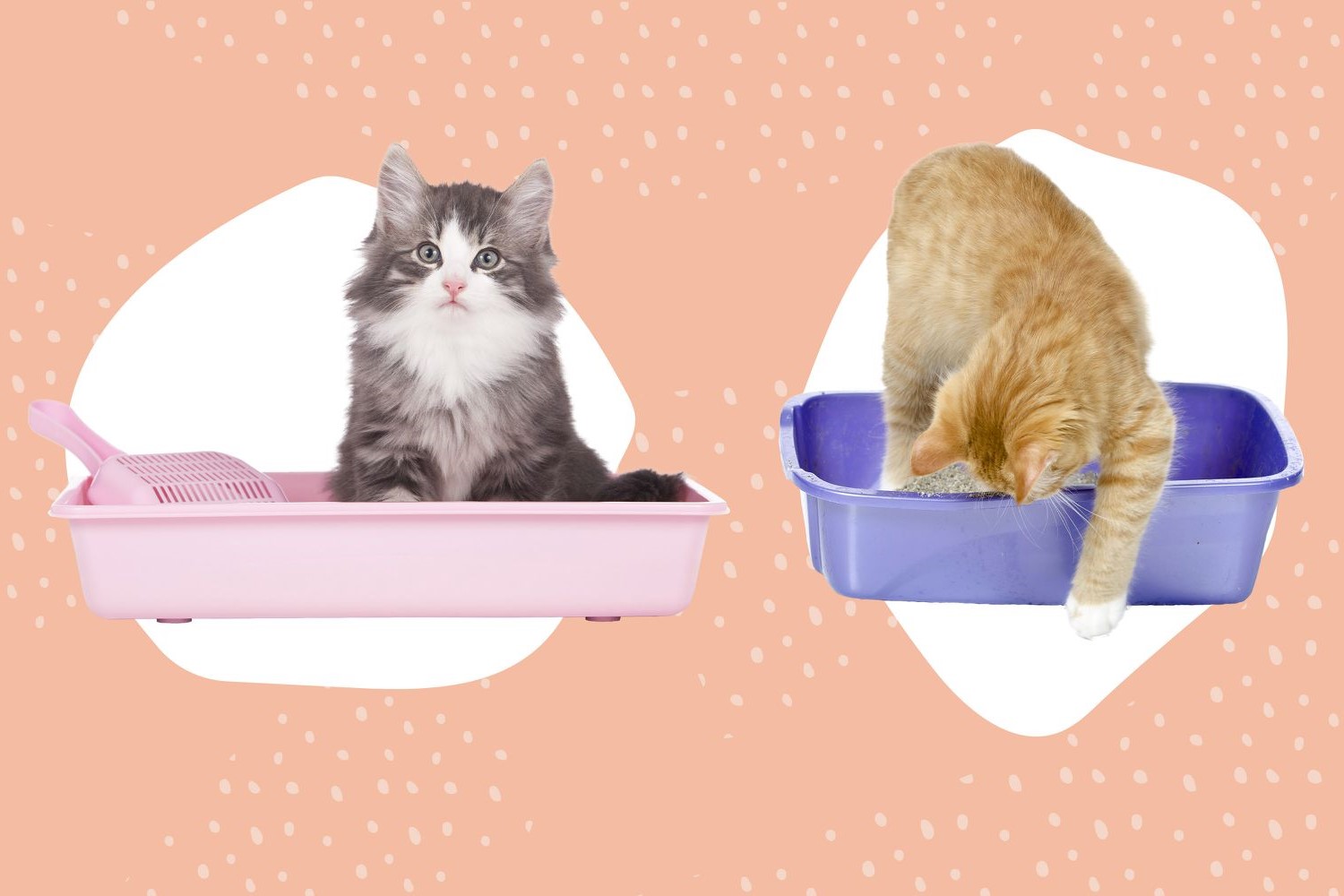
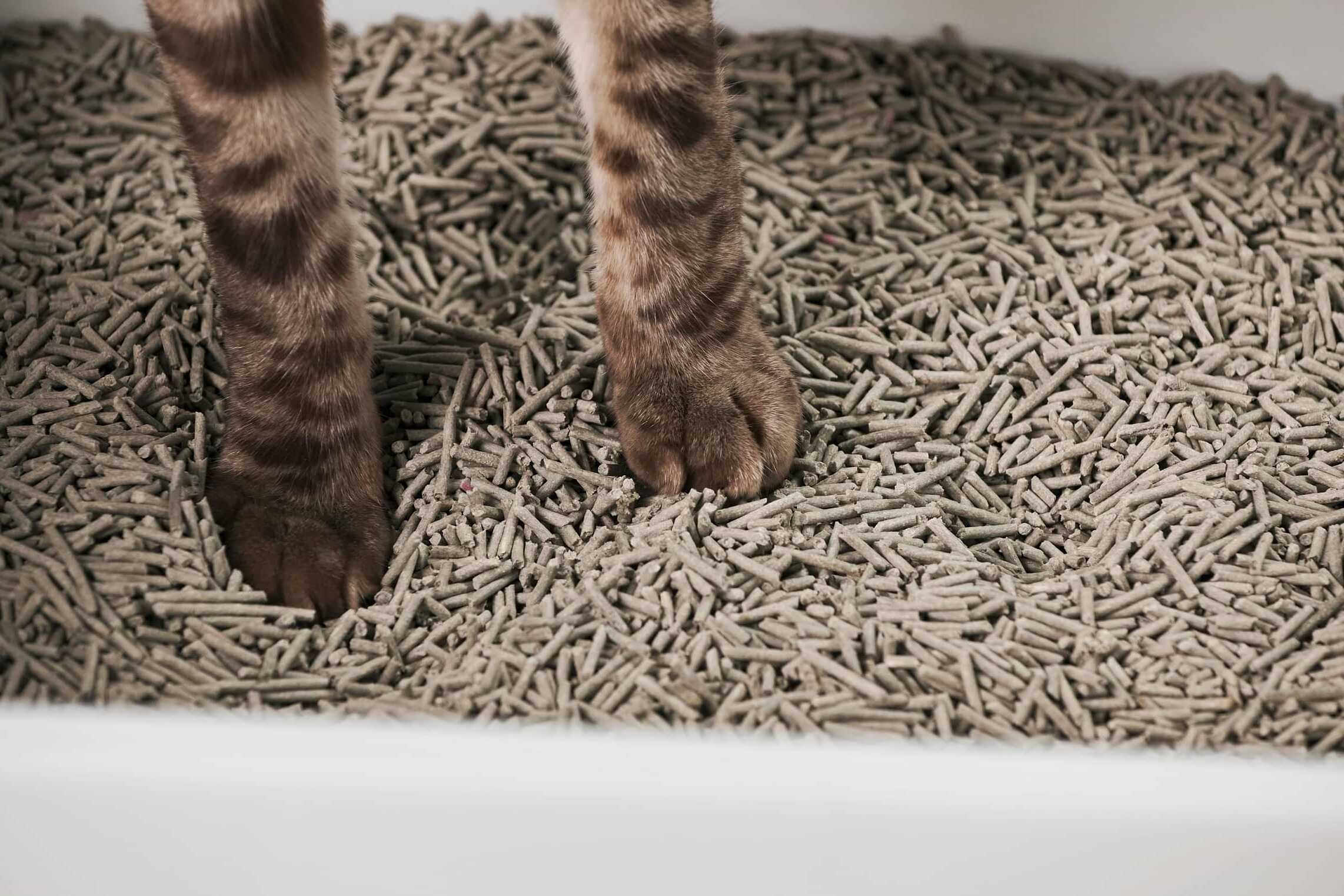
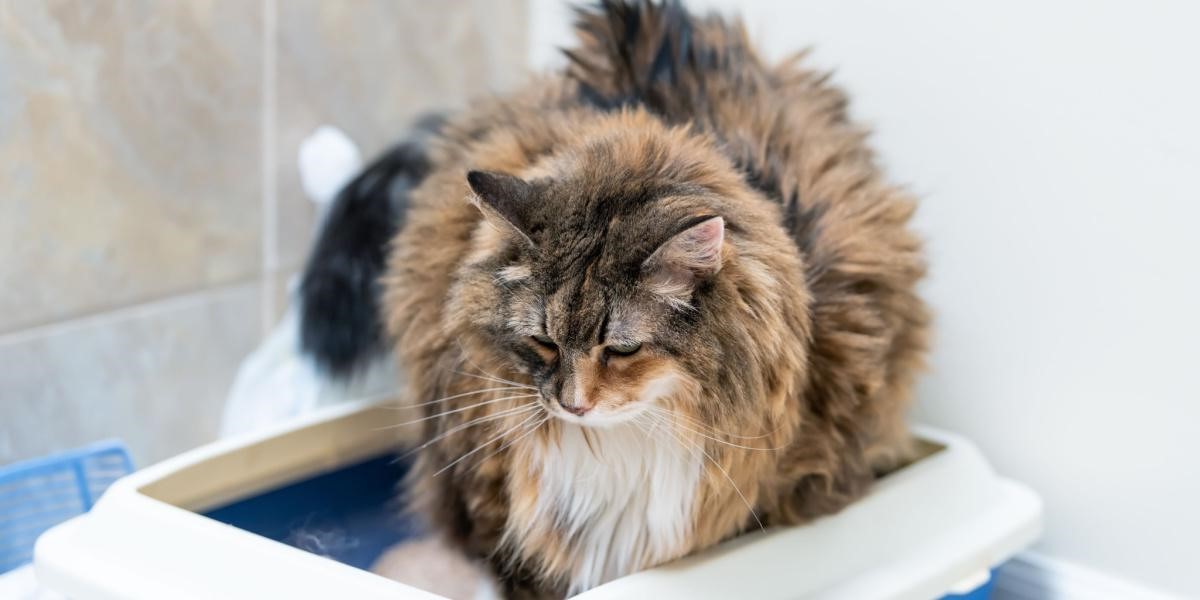
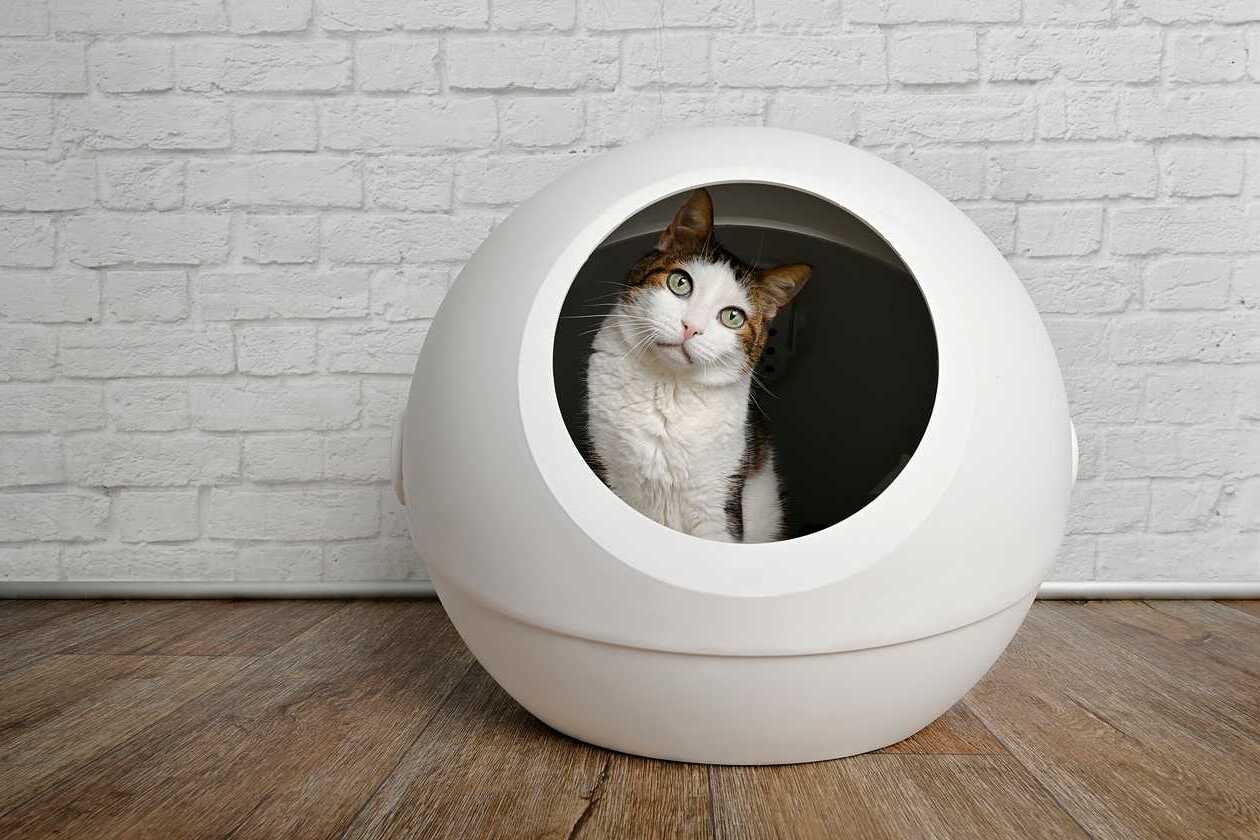
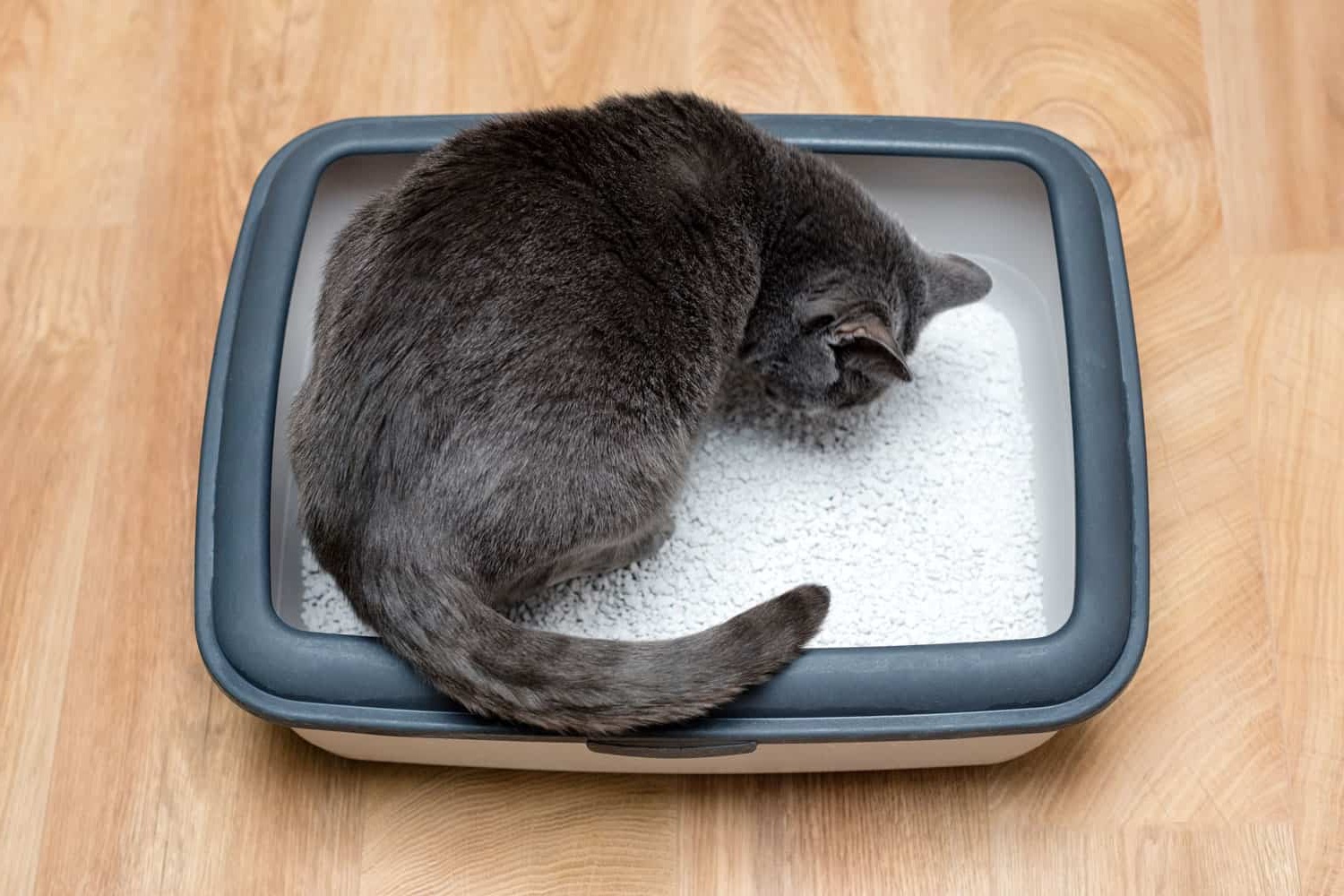
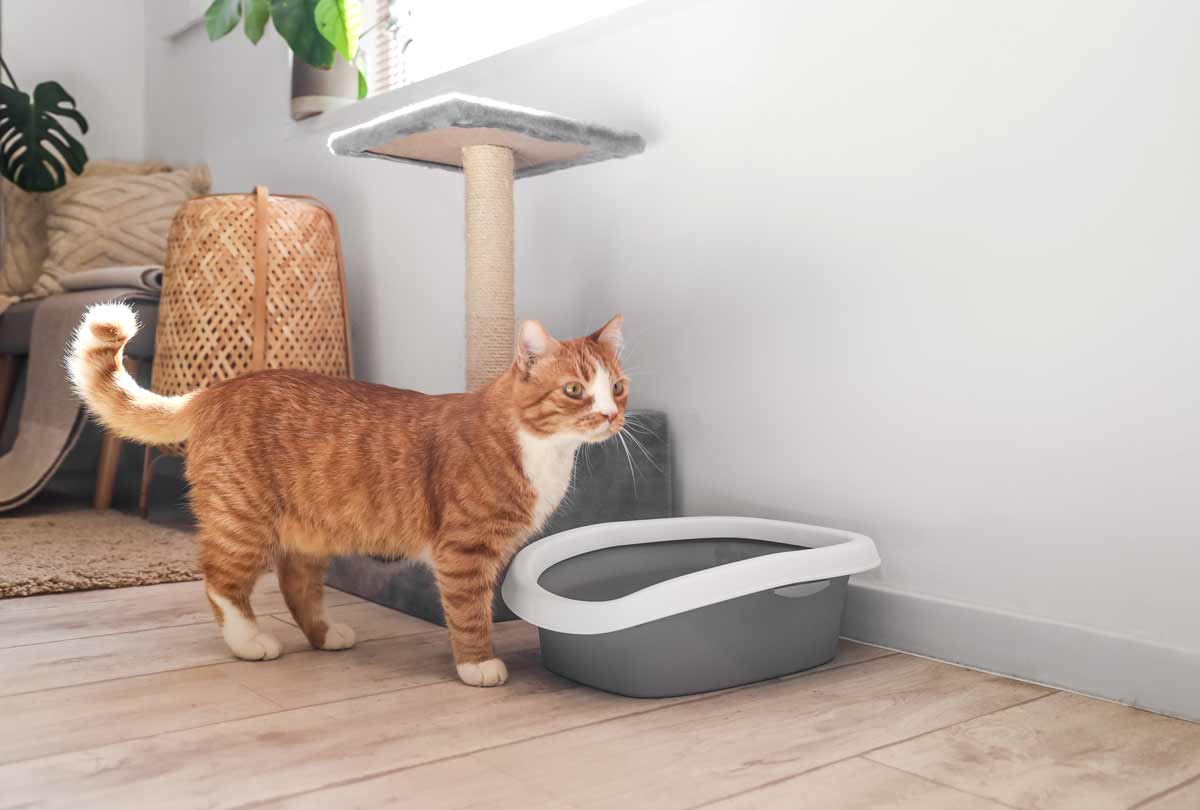
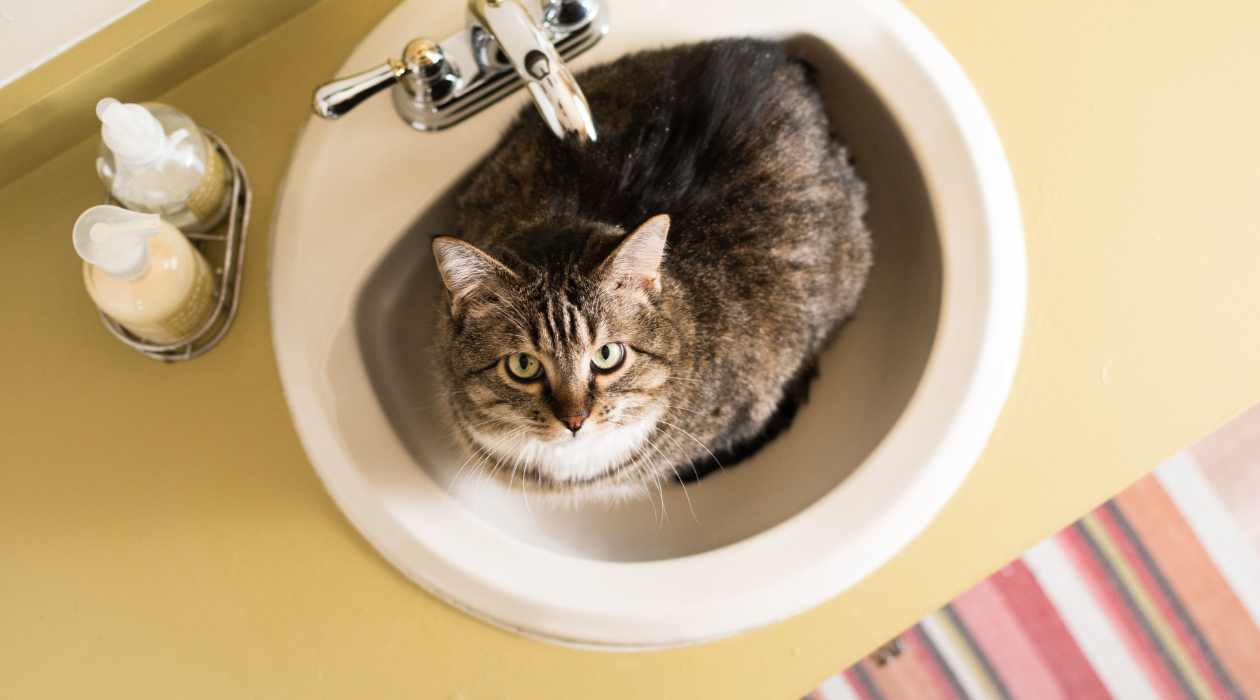
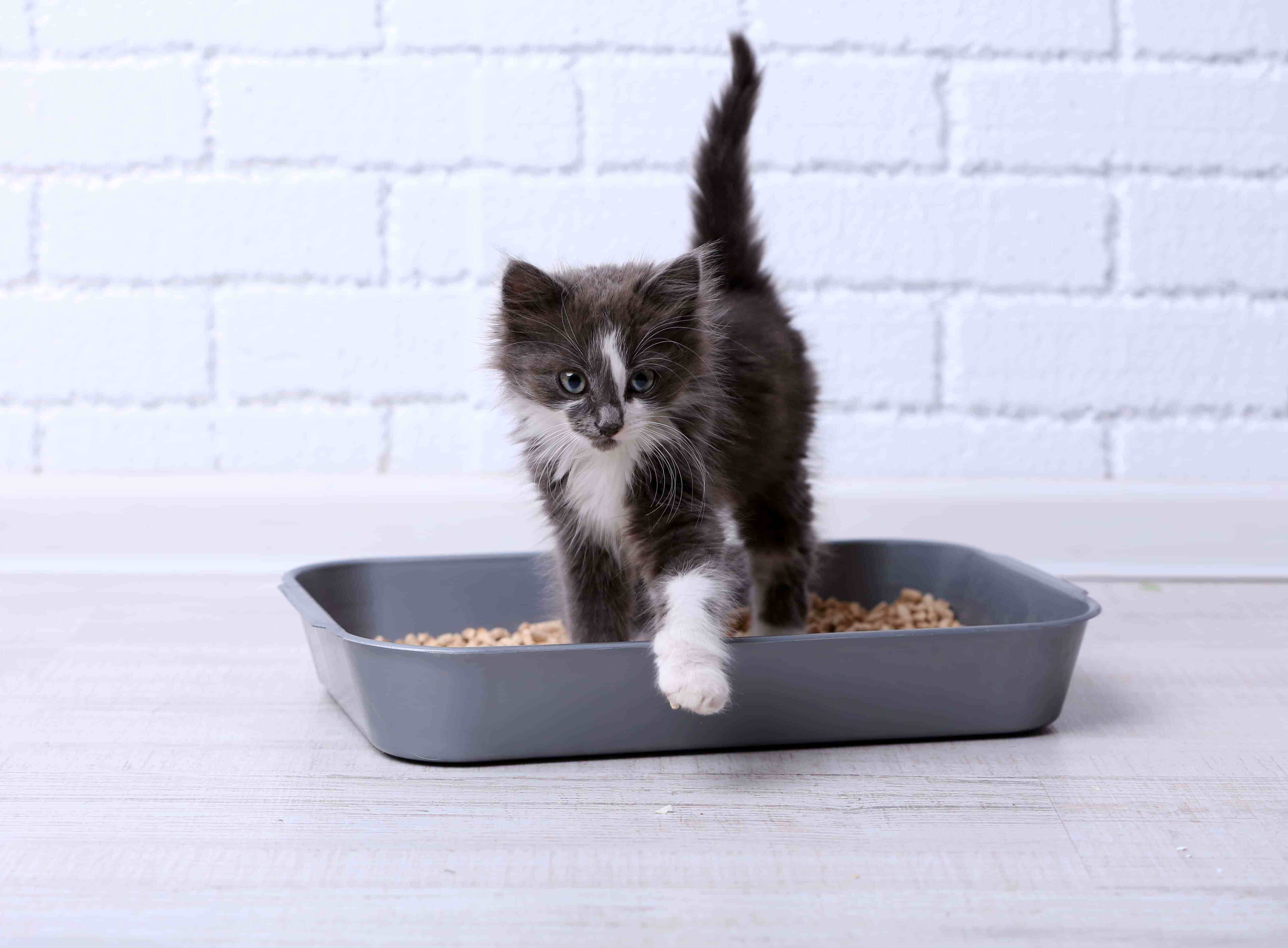
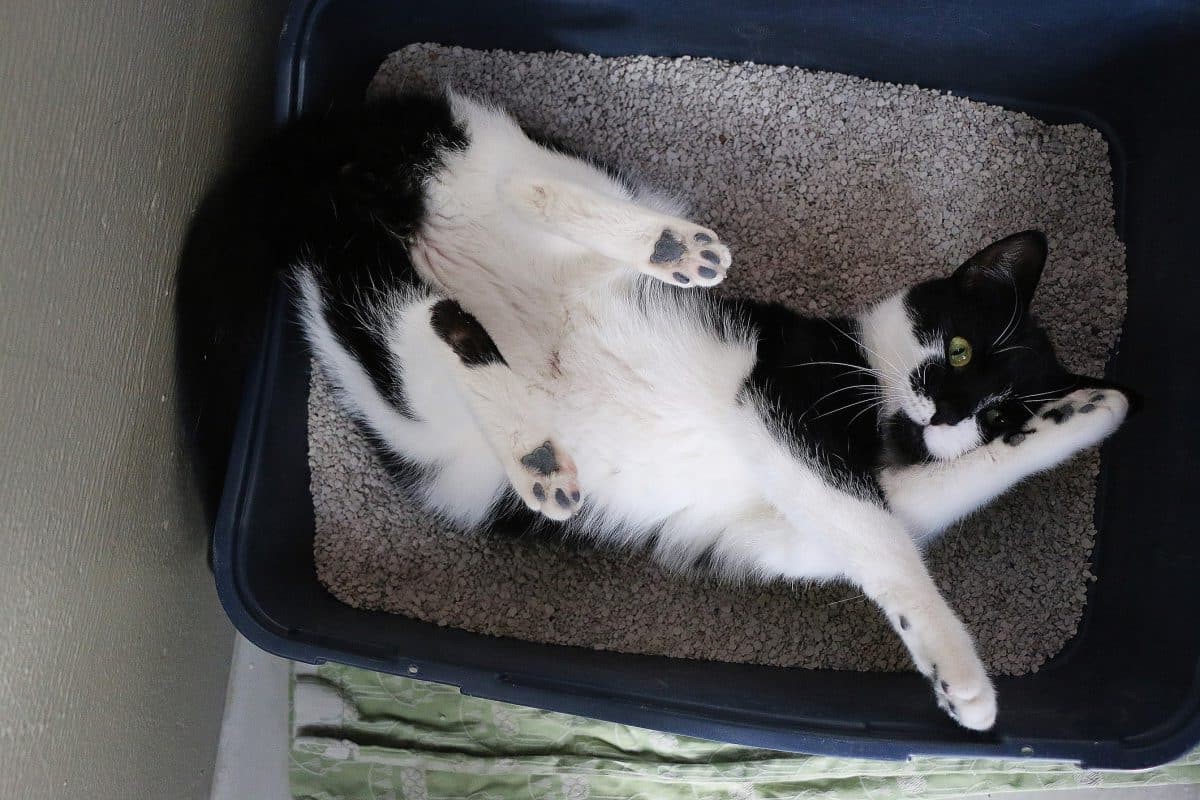
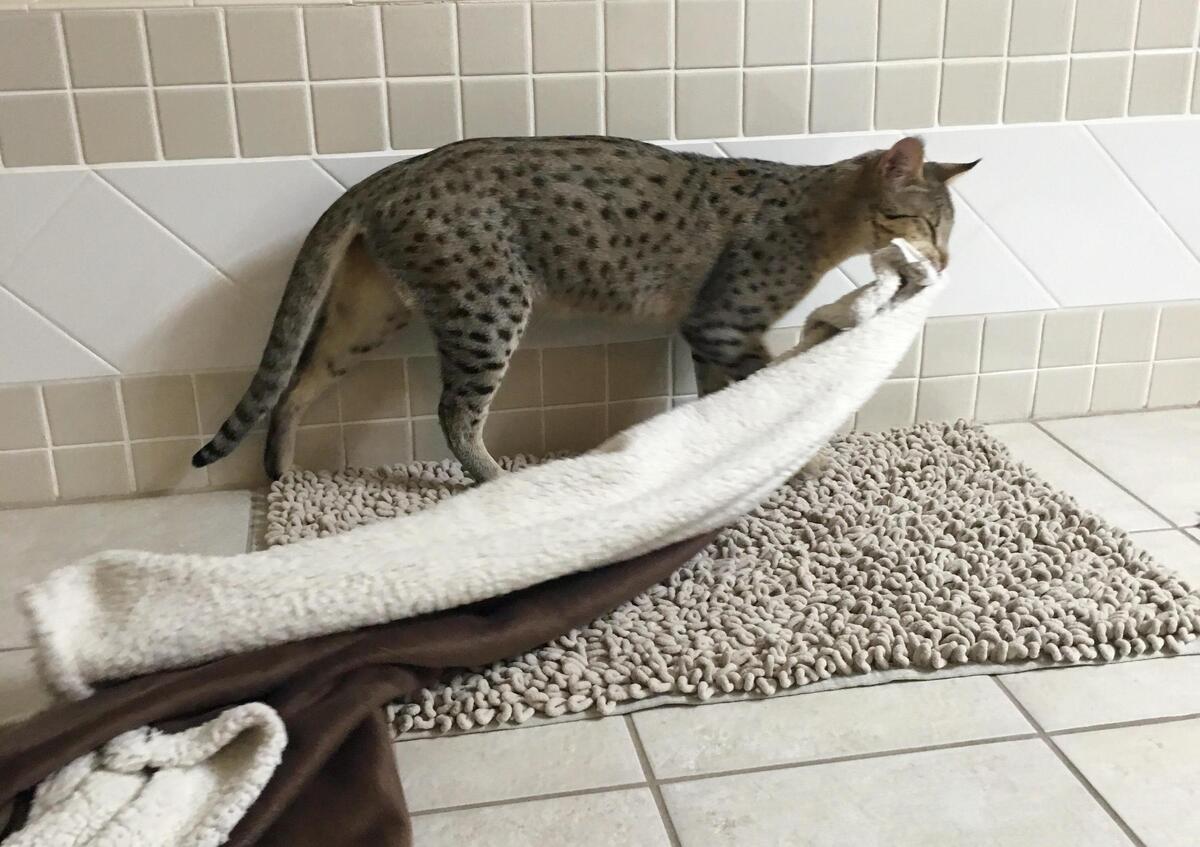

0 thoughts on “Why Is My Cat Scared Of The Litter Box?”